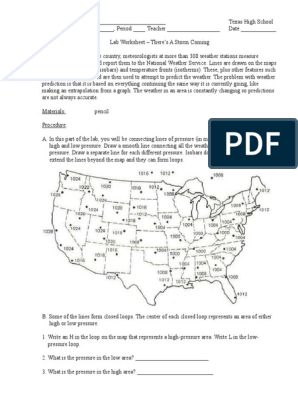0% found this document useful (0 votes)
144 views6 pagesUnderstanding Speech Acts
Utterances are any use of language, from a single word to a full sentence. Utterances can be speech acts (processes) or inscriptions (products). There are two types of utterances: performative utterances perform an action in saying something while constative utterances make assertions without performing actions. Speech acts are the actions performed through utterances, like apologies, requests, or complaints. There are three types of speech act: locutionary acts are meaningful utterances, illocutionary acts use utterances to perform functions through intention, and perlocutionary acts are the effects on listeners. For speech acts to be valid, certain felicity conditions around context, roles, and beliefs must
Uploaded by
Trần HuyềnCopyright
© © All Rights Reserved
We take content rights seriously. If you suspect this is your content, claim it here.
Available Formats
Download as DOCX, PDF, TXT or read online on Scribd
0% found this document useful (0 votes)
144 views6 pagesUnderstanding Speech Acts
Utterances are any use of language, from a single word to a full sentence. Utterances can be speech acts (processes) or inscriptions (products). There are two types of utterances: performative utterances perform an action in saying something while constative utterances make assertions without performing actions. Speech acts are the actions performed through utterances, like apologies, requests, or complaints. There are three types of speech act: locutionary acts are meaningful utterances, illocutionary acts use utterances to perform functions through intention, and perlocutionary acts are the effects on listeners. For speech acts to be valid, certain felicity conditions around context, roles, and beliefs must
Uploaded by
Trần HuyềnCopyright
© © All Rights Reserved
We take content rights seriously. If you suspect this is your content, claim it here.
Available Formats
Download as DOCX, PDF, TXT or read online on Scribd
/ 6





































































































